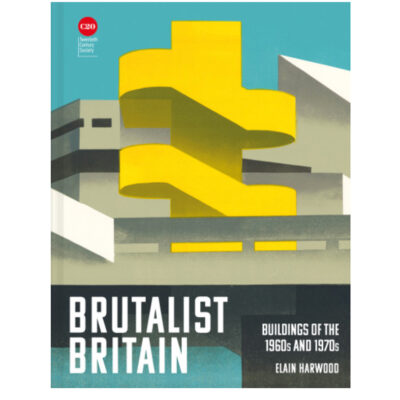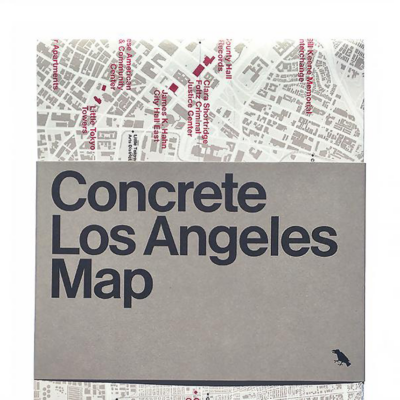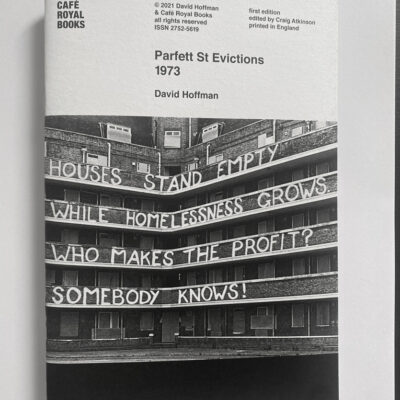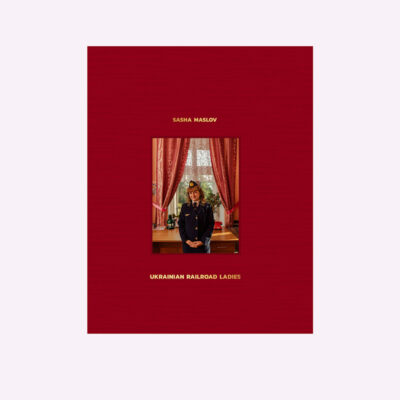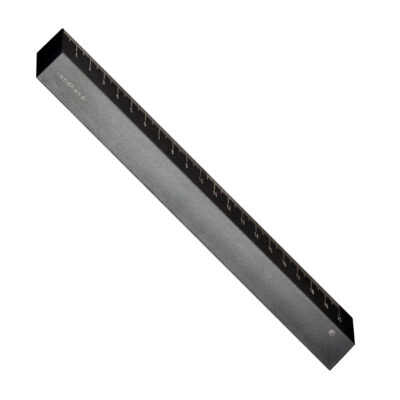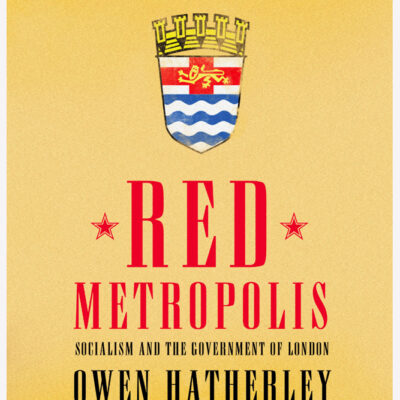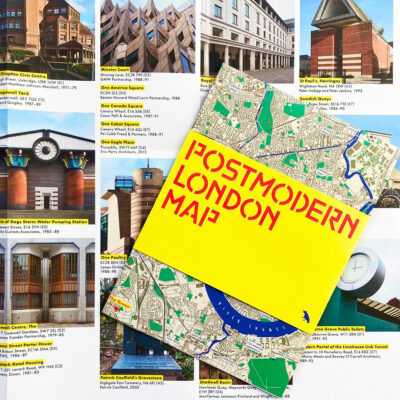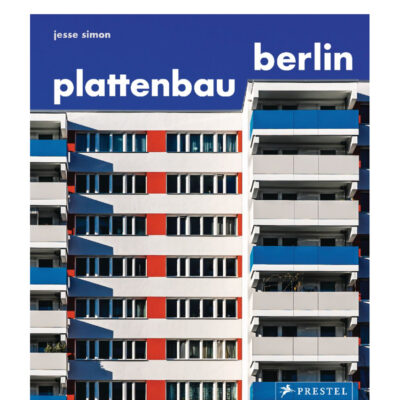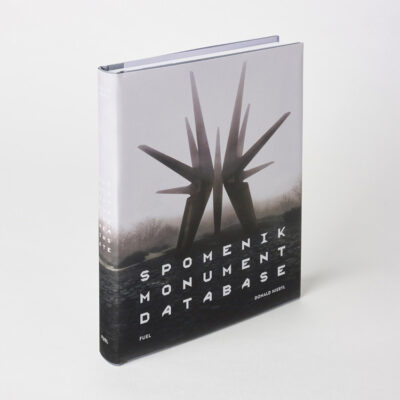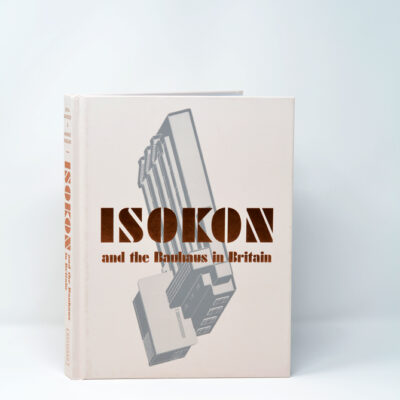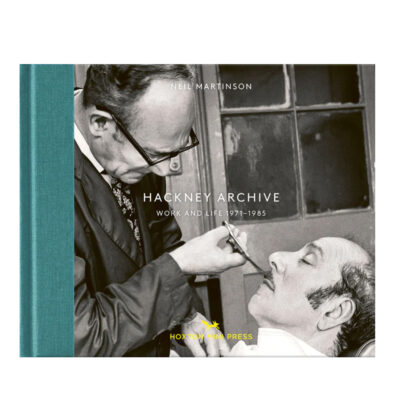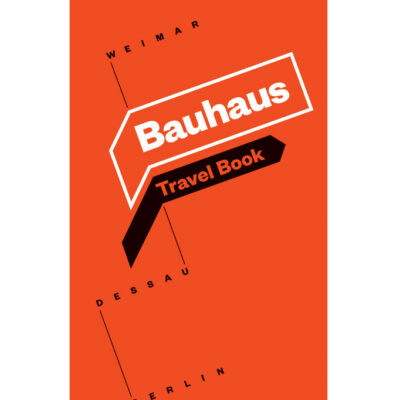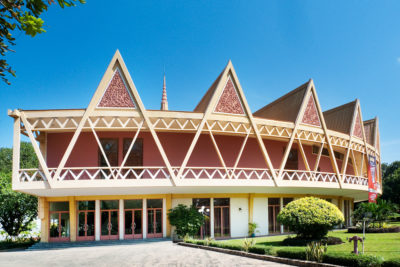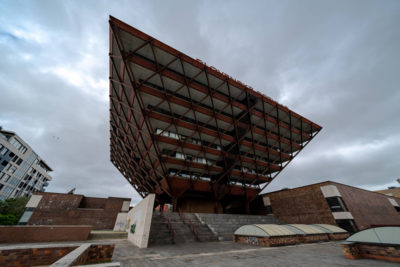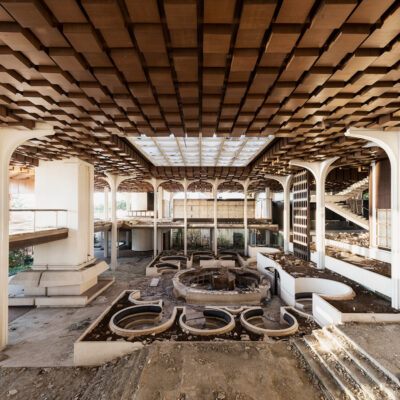Burkina Faso: Adventures in Ouagadougou
Mathew Jones sits in the category of serious architecture hunter-traveller tooled up with a camera and a pen. Years of deep dive visits to Africa has given him a specialist insight underpinned by having studied urban design and architecture. Greyscape asked him about his trip to the West African state of Burkina Faso and why the Ouaga 2000 district of the capital city, Ouagadougou, is home to some of the planet’s most otherworldly architecture built in questionable circumstances
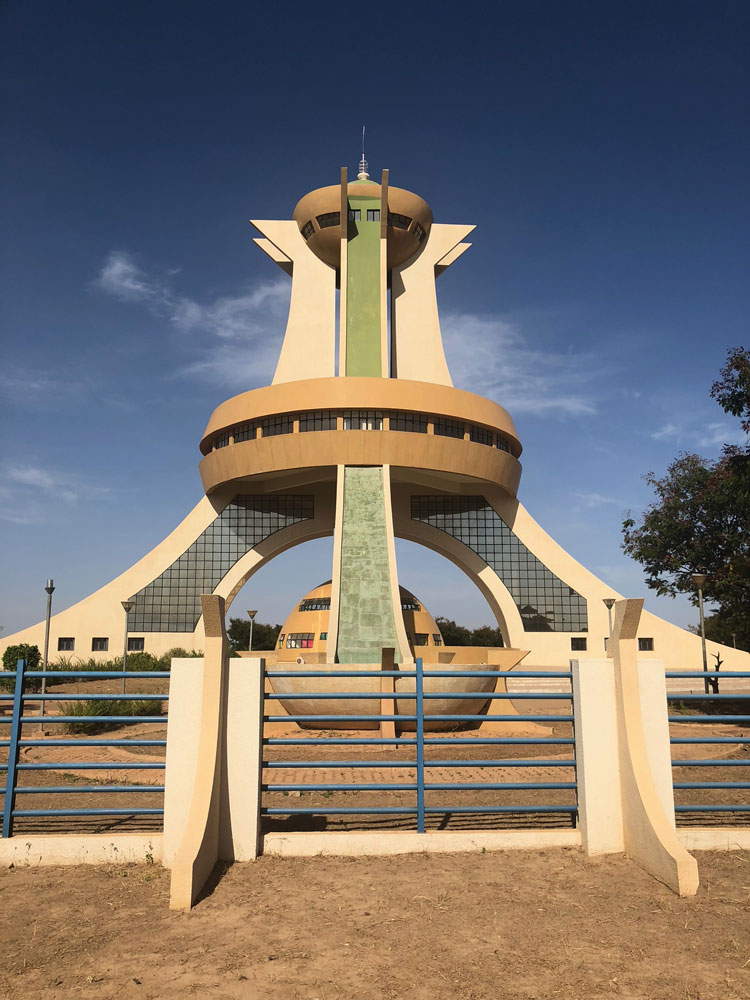
Image Matthew Jones
Burkina Faso, an OHADA member state, gained independence from France in 1960 and remains Francophile. The capital, nodding to its past, is also known as Mossi or Wagadugu and the best way to describe its development is ‘work in progress.’ Interwoven in the narrative is a historically complex relationship with Libya which has continued despite the revolving door of incoming and toppled leaders in both countries. City plans are still to be completed, but what is already built includes some head-turningly unusual architecture, clearly a form of rejection of Eurocentrism, speaking defiantly for an emerging country that wants to express itself and make a statement about its place in the world, on its own terms. Some of the city’s architectural designs are simply brilliant and others are teetering into the territory of Dictator Chic, the brilliant expression coined by Peter York.
Ouaga 2000 district is not without controversy and has the late Muammar Gaddafi’s fingerprints all over it, a new neighbourhood (the project was unveiled at a French-African summit in 1996), located 10 kilometres to the south-east of Ouagadougou, it is now home to embassies, ministries and lux homes. Dependent on who you ask it was either a blueprint for the future or a vanity project of the now-deposed dictator.
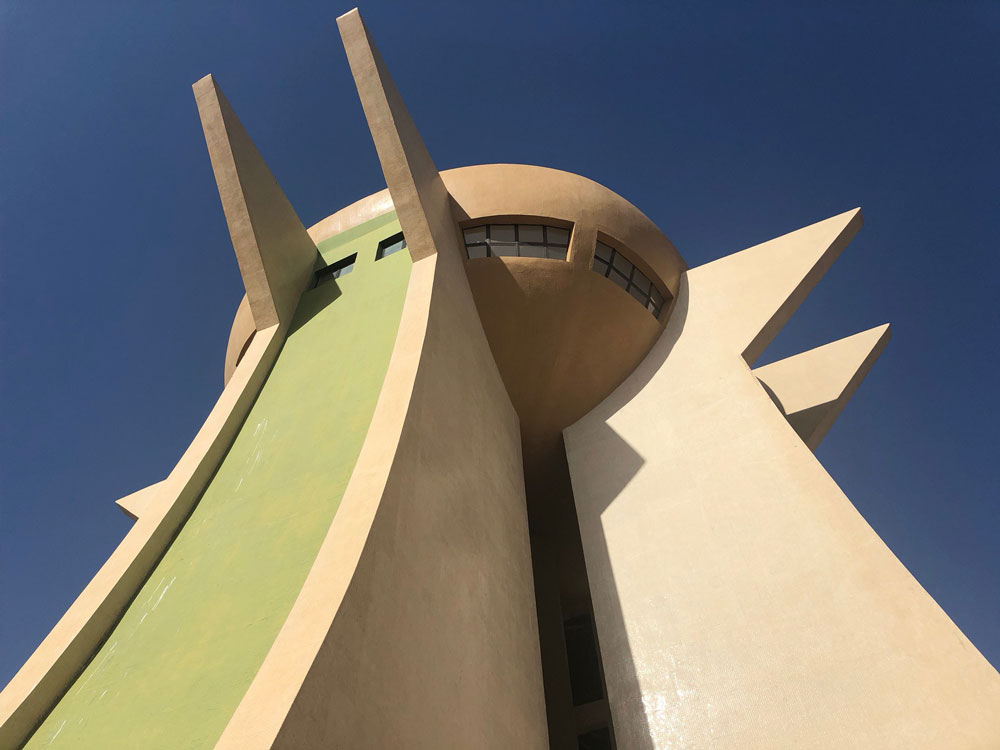
Image Matthew Jones
When I first saw Mathew Jones’ photos of Burkina Faso on Instagram I immediately remembered a brilliant exhibition at MoMA in New York of the late Congolese sculptor and visionary Bodys Isek Kingelez, called City Dreams. Kingelez made the most extraordinary imagined cities out of styrofoam, paper, foil, stickers and cardboard, he described himself as ‘Someone who dreams of what doesn’t exist’. His designs were all about a new African vision in a post-colonial, post-cold war world. Seeing Ouaga 2000 was like looking at a super-sized segment of one of Kingelez’s dream cities.
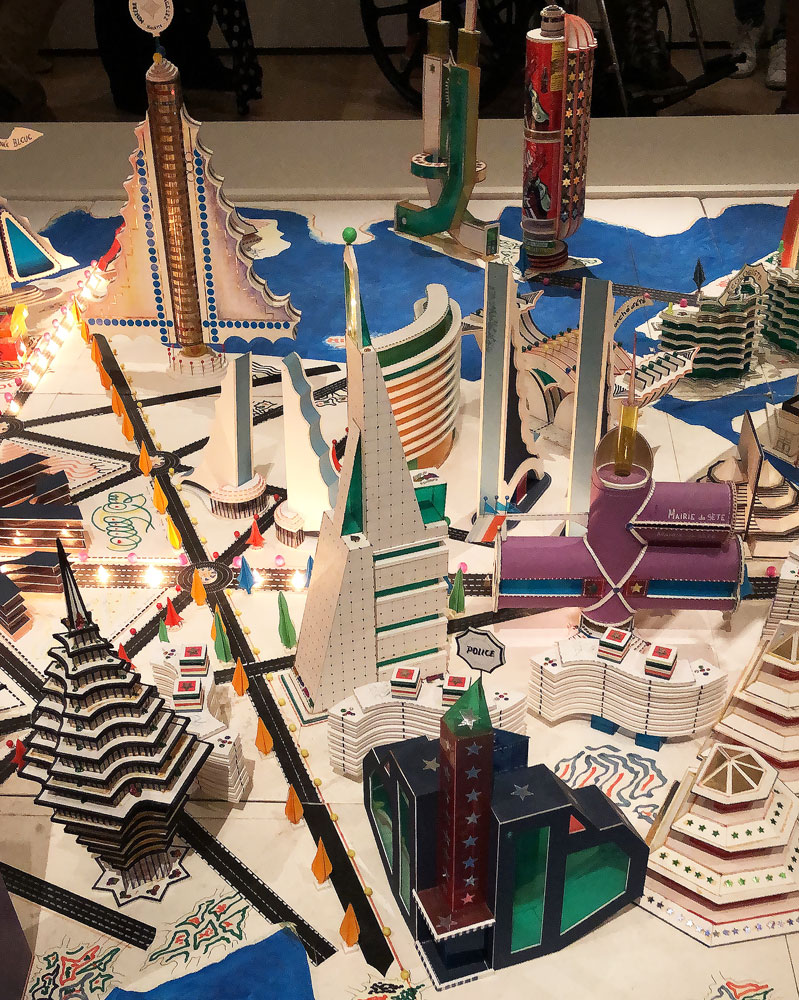
Image Greyscape
We needed to ask Matthew more;
What made you decide to visit Burkina Faso?
It’s always been on my bucket list and I’m keen to travel widely in Africa. Several years ago I was doing a lot of work in Ghana, just to the south, and I finally had some free time to fly up to Ouagadougou. I was in the region again at the end of 2018 and had a chance to pass through a second time.
Was it how you expected it? sounds a naive question but people often have pre-conceived ideas that are blown away …or not.
I didn’t exactly have specific expectations, but the country is quite distinct from Ghana, and from the other parts of West Africa that I have visited. Burkina Faso is French-speaking, so there’s a very different atmosphere to Ghana, and it is in the drier Sahelien region, whereas coastal West Africa is very green and forested. I was definitely quite blown away by it, especially in terms of the distinct modern architecture of the city centre.
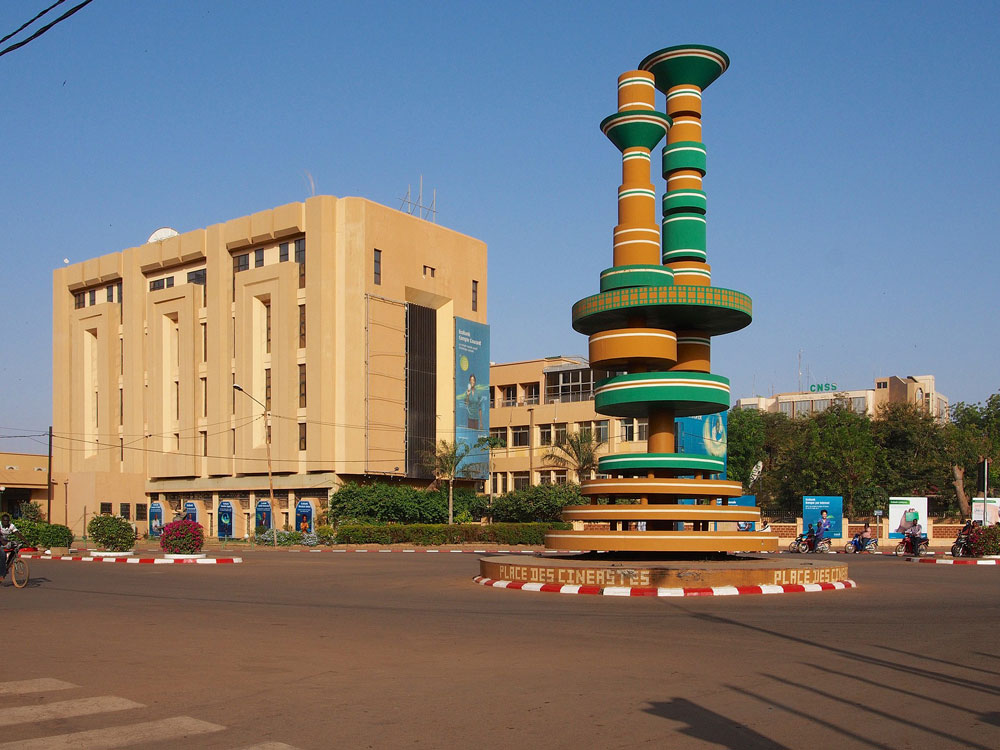
Place des cinéastes, Ouagadougou, Burkina Faso Image Sputniktilt CC BY SA 3.0
Does the Place Mémorial Aux Héros National Monument stand out in contrast to other buildings in Ouagadougou?
The monument itself is probably the single most unusual building in Ouagadougou, but despite being tall it is not especially prominent as it is not located in the historic centre, instead, it can be found on a very desolate, under-used roundabout in Ouaga 2000, the newer planned quarter of the city. You sort of have to make an effort to drive along the correct road to see the monument, it is quite possible to not come across it even if you are relatively close to it, it is not very noticeable until you are right upon it.
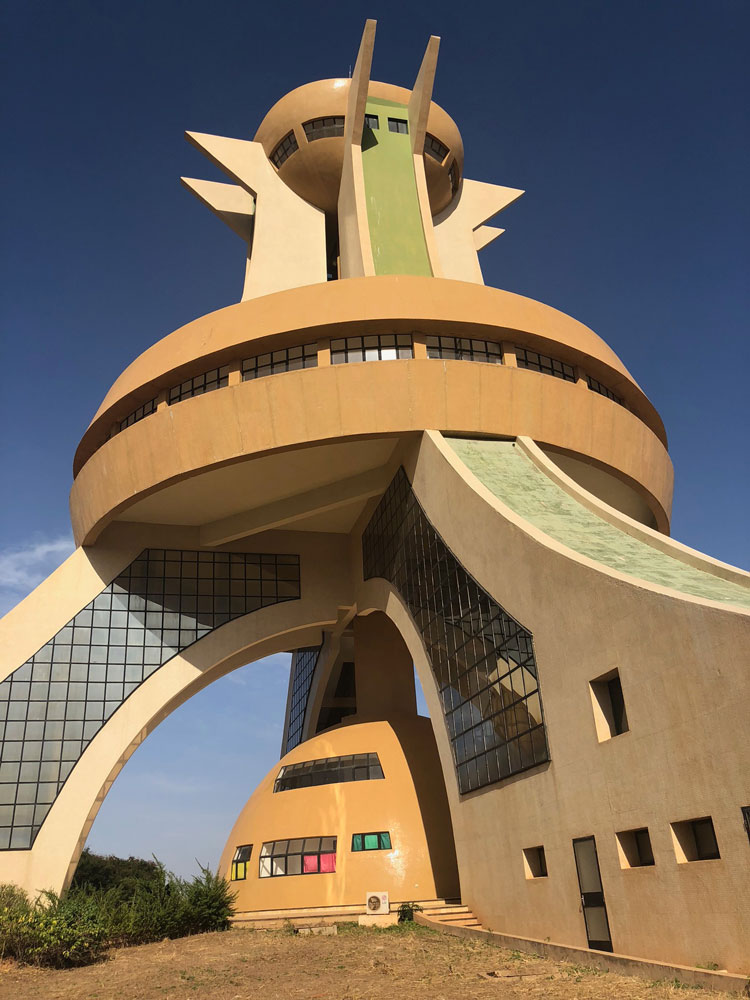
Image Matthew Jones
You’ve described the memorial as reminding you of something between a UFO and the Eiffel Tower. Intriguing!
To be honest, using the UFO metaphor is often very tired, overused and a rather thoughtless expression to describe an unusual-looking or futuristic building, even when there is nothing about the building that really looks at all like a flying craft. Yet, with the Mémorial Aux Héros National Monument, there is something that seems to me that has an obvious emotional connection to the Eiffel Tower. Let’s be clear, whereas the Eiffel Tower is a fanciful, wrought-iron skeleton, the Mémorial Aux Héros National Monument really looks like a cartoonish, child’s toy rocket ship, and so for once, the UFO metaphor really is relevant. It also has something of the soft-edged, plastic child’s toy version of an Eiffel Tower about it with its four sloping legs, midriff enclosed platform, and observation capsule at the crown. Given that this is Francophone West Africa, the reference seems unquestionable. Yet the gorged-to-bursting muscularity of the tower contrasts with the spindle-thin steelwork of its Parisian parent.
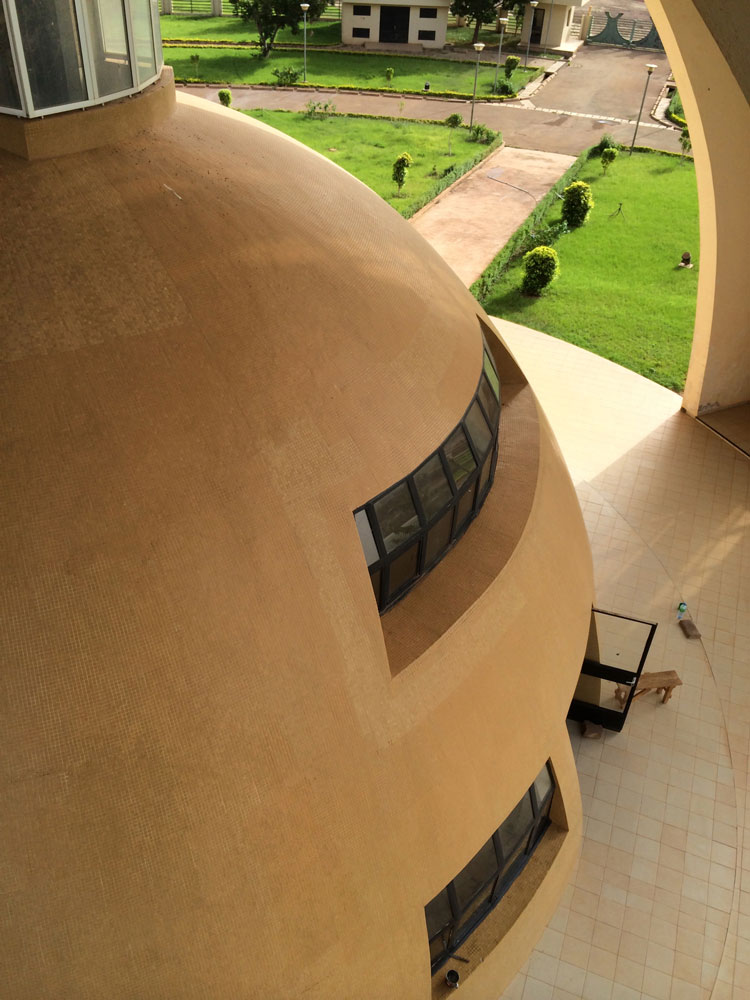
Image Matthew Jones
What do you think was the design inspiration?
As disco-fabulous as it is deserted, the Monument of National Heroes in Ouagadougou certainly suggests the designs of an earlier age; the era of missile-inspired architecture surely ended with the Cold War, and here is a specimen with bell-bottomed pillars at the base, plaid-patterned in mirrored glass, and topped off with the classic car fins like visor shields. These might conjure guesses of a 1970s or early 80s effort, but amazingly the monument only started to rise in 2002.
Although still young in building-years, this rocketship is hardly ready for take-off, as the elevator has been defunct for at least a half-decade. Instead, the ascent is achieved via stifling stairwells, to which the guards will happily accompany visitors for a few dollars. The substantial-looking legs of the tower are revealed to actually be hollow, unenclosed shelters for the staircases. The corpulent mezzanine level was meant to be a museum but is undecorated.
You reach the top by way of a seemingly endless, dizzying spiral stair, finishing at the monument’s viewing gallery. Guests are invited to climb a long ladder to the mechanical roof to enjoy the highest view between Algiers and Accra.
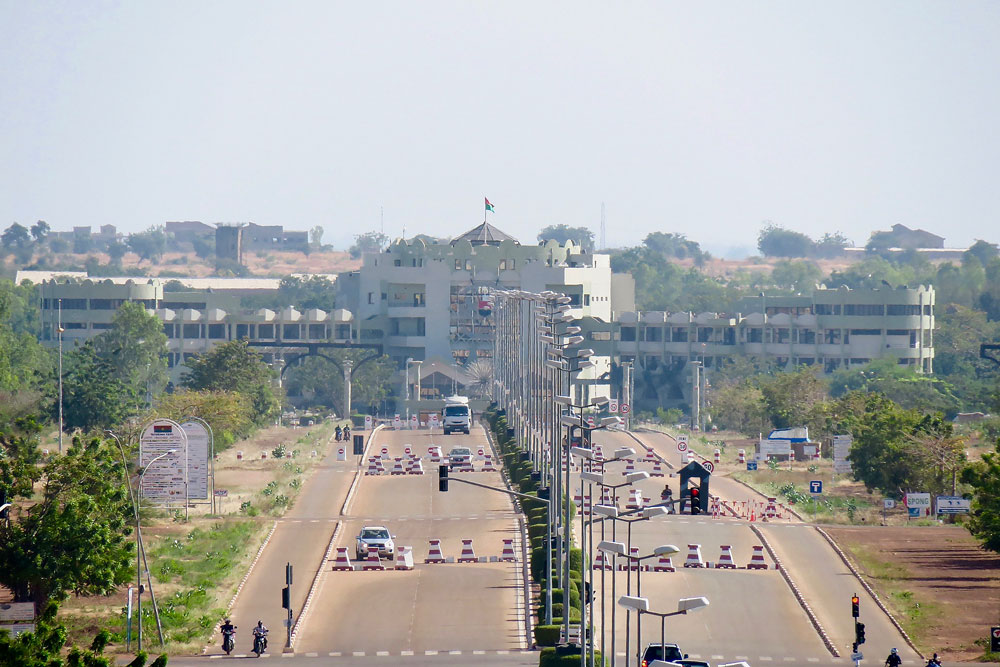
Image Matthew Jones
Is the Monument really a post-modernist folly of a delusional now fallen leader or an attempt at forging a new vision for a city?
The Ouaga 2000 quarter fits the category of a dictator’s grand vision for a monumental edifice, and thus is really a folly. There is nothing new, innovative, or democratic about the plan, and indeed the quarter is an isolated, elite diplomatic, governmental enclave, attempting to move the privileged away from the older city centre. However, if you look at historic Ouagadougou, it is home to a wonderful collection of innovative, mid-century, post-independence African modernist public buildings that do an excellent job representing a more optimistic and democratic period in the development of the city.
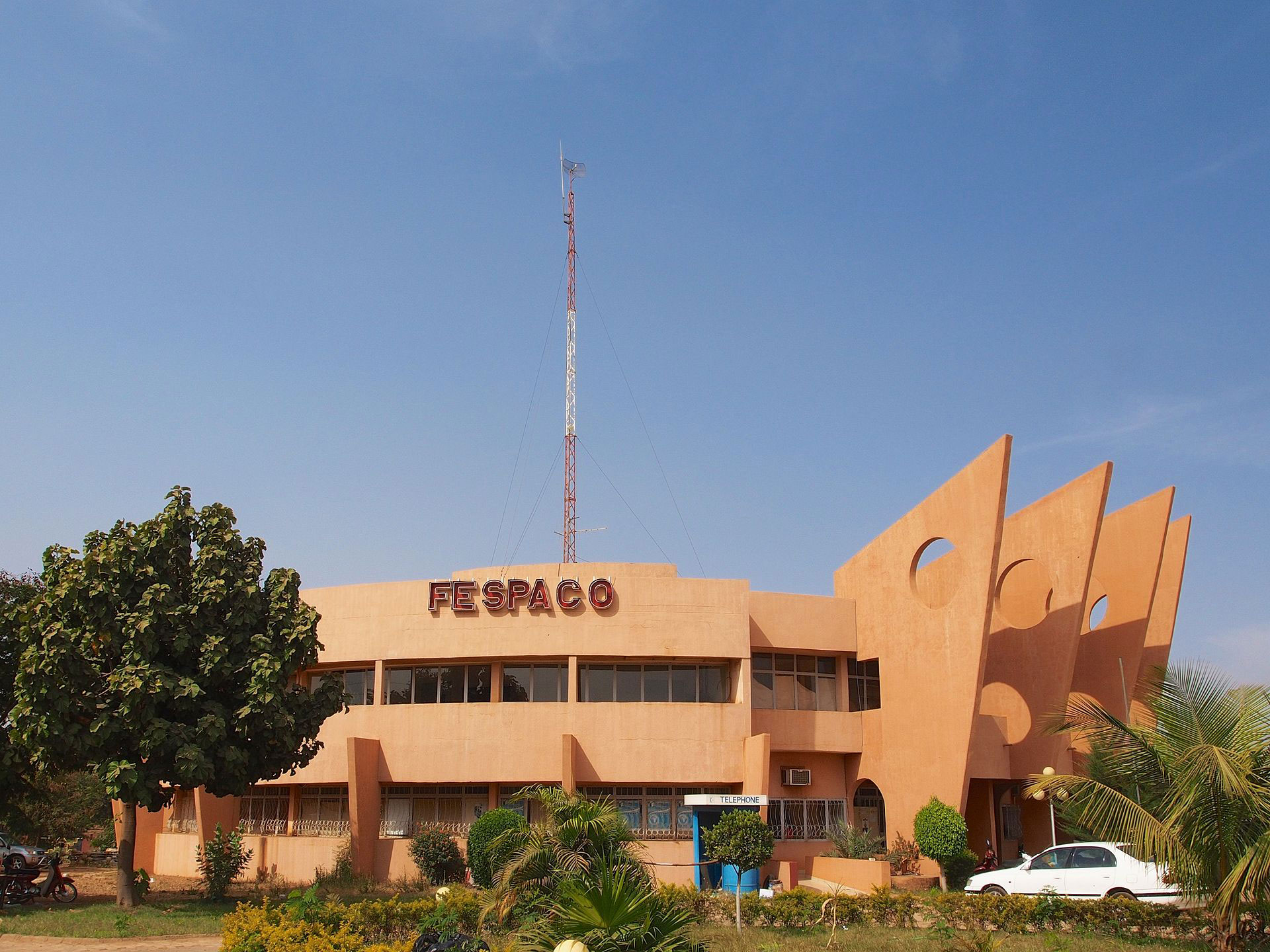
Image Sputniktilt CC BY SA 3.0
You mentioned something about the half-realized bigger plan, can you explain that as it’s such an interesting notion.
Ouaga 2000 is really only half-realized, in particular, the huge radial park, whose centrepiece is the Monument. The area is quite barren, with too many empty spaces in prominent positions. It was the grand project of deposed President Compaoré and was meant to glorify the revolution (we’d call it a coup) that brought him to power in 1987. The planned quarter is the major public landmark of the strongman’s bigger pet dream. After President Compaoré was deposed in 2014, the monument was rededicated to the martyrs who died in that conflict.
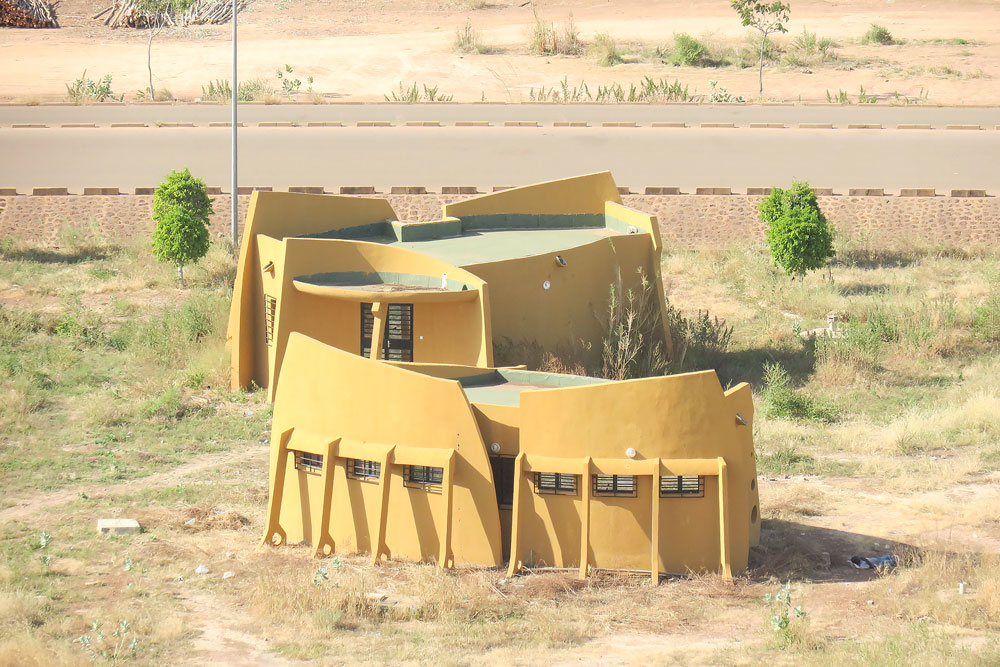
Image Matthew Jones
Do you have a dream destination to visit or that you have seen that really struck you?
One of my top places that I really am eager to get to in the region is Yaoundé, the capital of Cameroon, which has an amazing collection of African modernist buildings and ministries. Nearly every Francophone post-colonial capital has an array of unique modern buildings, built roughly between 1960 to 1980 ie in the immediate post-independence era when there was a need for new ministries and government facilities. These are still in use today in capitals from Dakar to Brazzaville. From my research, Yaoundé in Cameroon has some especially noteworthy examples, and I’d just love to go there.
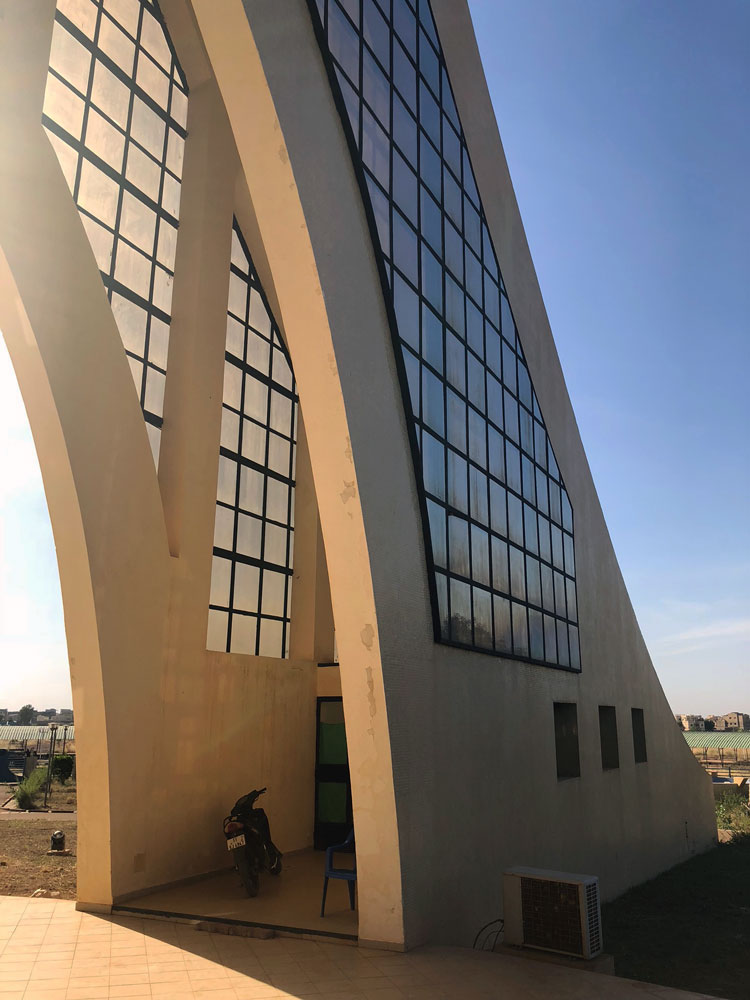
Image Matthew Jones
What camera do you use?
I have a Canon G3X, which I use almost all the time. Not the most sophisticated camera but it is quite small and compact, with an amazing 25x optical zoom. It is really handy to have in a place like Ouagadougou where photography is frowned upon, so when I’m shooting on the street I really want to try to minimize the attention I receive. I can’t be lugging around a large piece of equipment, I need something that virtually fits into my pocket.
Favourite moments in Burkina Faso?
When I first went in 2014, I made friends with a taxi driver who showed me around. I had trouble contacting him before I returned for my second visit. I needed to figure out how to find him so I started telling taxi drivers that I was looking for him and within a few hours he showed up at the hotel. Having a friend show you around—and especially having a local run interference when you want to take photos—is really priceless. I definitely wouldn’t have had the same experience without his friendship.
Insider traveller tip?
I keep to a pretty strict schedule when I visit a city to photograph: I am up and outside at sunrise, the city is quiet, so there will be fewer people and cars detracting from architectural photos, and most buildings will be unguarded so fewer people will try to stop you or harass you for taking photographs. And of course, the light is much better. In equatorial Africa, the “golden hour” truly only lasts for about 60 minutes; the sun gets high fast in the morning and sets very quickly in the afternoon, so you have limited time. While I still keep photographing at midday, sometimes I will take a break as it is too hot, and the sun is too high, and the city streets are too crowded to get optimum photographs.
One that got away? The photo you wished you’d taken or taken better?
There were so many that got away! Many places in West Africa, for various reasons, frown on photography, especially of governmental buildings. Such an act is viewed with suspicion, and security guards or even police will intervene, and it can get quite unpleasant. This is especially true in Ouagadougou, which has in recent years suffered some horrible terror attacks, and even walking down any street with a camera arouses consternation. So, there were lots of amazing, prominent buildings in Ouagadougou that I just couldn’t photograph at all, or I could only quickly point my phone at for a moment, rather than lining up a shot with my camera. It was disappointing, but that’s how it is sometimes.
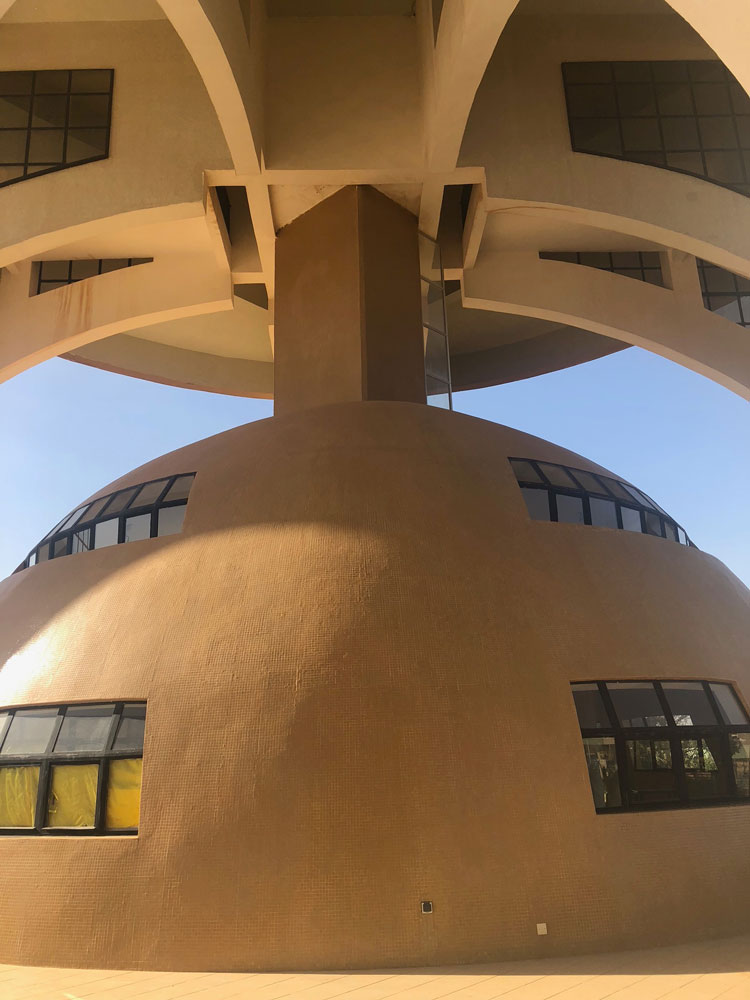
Image Matthew Jones
Find Mathew on Instagram at www.instagram.com/bauzeitgeist/
Bauzeitgeist http://bauzeitgeist.blogspot.com/
All Matthew Jones images are his Copyright




